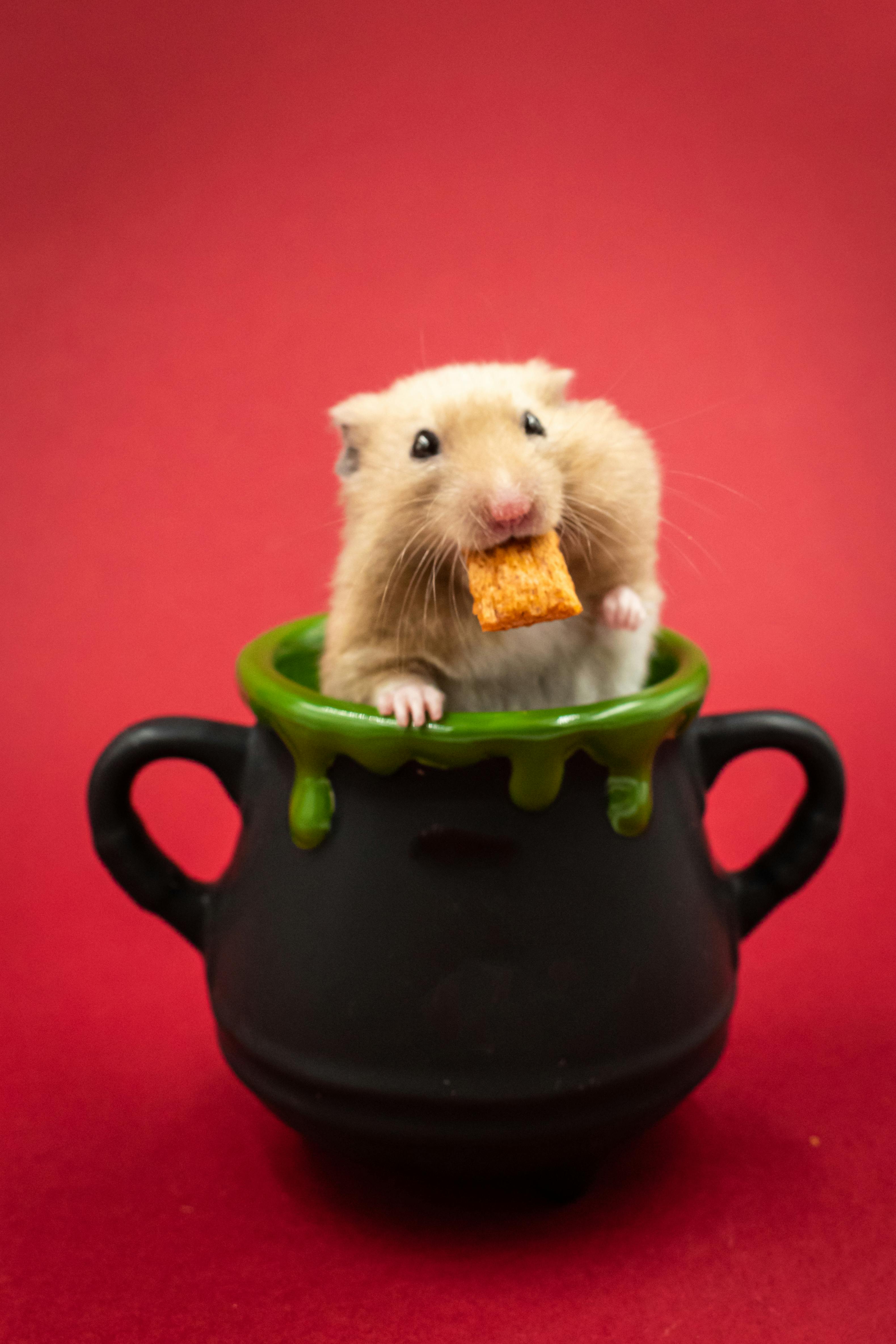
Overview of Angel Fish Tank Size Requirements
When it comes to setting up a suitable habitat for angelfish, understanding their tank size needs is paramount. Angel fish, known for their graceful swimming and stunning appearance, require specific dimensions and space to thrive. In this article, we will explore the ideal and minimum tank sizes for angelfish, discuss the importance of spacious environments, and provide you with recommendations that will help ensure your angelfish live healthy and fulfilling lives.
Choosing the right size for an angel fish tank is essential not only for the comfort of the fish but for your success as an aquarist. Angelfish can reach up to 6 inches in length and require an environment that allows for swimming and social interaction. Additionally, proper tank dimensions facilitate better water quality management, temperature stability, and overall fish health.
This comprehensive guide will outline the best options for angelfish tank sizes in 2025, highlight various setups, and provide insights into how to create an optimal living space for these beautiful fish. By understanding their housing requirements, you can enhance your aquarist experience and promote a thriving underwater ecosystem.
Key takeaways from this article include an understanding of minimum tank sizes, suitable dimensions for breeding, and additional considerations for a successful angelfish setup.
Minimum and Ideal Tank Sizes for Angel Fish
Building on the fundamentals of angelfish care, selecting the minimum and ideal tank sizes is crucial. The minimum tank size for angelfish is generally accepted to be 20 gallons for a single fish, but for multiple or larger fish, this requirement escalates significantly. In fact, a minimum of 40 gallons is often recommended for a small group of angelfish to thrive comfortably.
For optimal health and behavior, a 55-gallon angelfish tank is particularly favorable. This size provides ample space for swimming, hiding, and establishing territories, which is essential for reducing stress and aggressive tendencies among angelfish. A spacious environment allows the fish to exhibit their natural behaviors and social interactions.
Moreover, when considering larger fish or breeding pairs, even bigger tanks are necessary. An aquarium size of 75 gallons or more is advisable for breeding as it offers the necessary space for spawning and raising fry.
Providing enough space in the aquarium also helps in maintaining good water quality, which is vital for angelfish health. This leads us to explore specific dimensions that promote a thriving angelfish habitat.
Optimal Dimensions for Angelfish Tanks
Understanding the optimal dimensions for angelfish is vital for creating a productive and visually appealing environment. An ideal angelfish tank should have a length of at least 48 inches; this allows for horizontal swimming space, which angelfish naturally enjoy. The depth and height should also be sufficient — a tank with 18 inches of depth or more offers good vertical swimming space.
For those looking to keep angelfish in groups, a 40-gallon angel fish size aquarium is a popular choice. It typically holds multiple pairs comfortably, allowing enough room for social interactions while reducing stress levels. As a general rule, consider 10 gallons of water for each adult angelfish in your aquarium.
A wider tank not only accommodates the fish but also improves water circulation and filtration efficiency, leading to a healthier environment. Remember, angelfish are known for their peaceful demeanor, yet they can become territorial; offering ample space can mitigate conflicts.
In addition to physical dimensions, you should also assess the tank's volume. If employing biological filtration systems, a tank volume of 60 gallons or more is preferred. This sets the groundwork for implementing efficient filtration and water maintenance systems essential for angelfish well-being.
Considerations for Breeding Angelfish
This naturally leads us to the unique demands of breeding angelfish, which can alter tank size requirements. Breeding angelfish necessitates a spacious aquarium where pairs can establish their territory and engage in reproductive activities. A volume of at least 75 gallons is recommended for breeding setups.
When designing a breeding tank, it is essential to include appropriate spawning substrates, such as flat rocks or breeding cones, where the angelfish can lay eggs. This not only meets their habitat needs but also enhances successful breeding outcomes.
Moreover, installing a good filtration system is crucial, especially in breeding tanks, as angelfish fry are sensitive to water quality. Providing adequate aeration and filtration will help maintain optimal conditions for hatching and growing fry.
Lastly, the breeding environment should limit stress factors; it may be beneficial to have separate areas within the tank for hiding to create a comfortable space for the angelfish and the parents.
Space Considerations for Adult Angelfish
With these basics established, accommodating adult angelfish presents further challenges and opportunities within your aquarium setup. Adult angelfish typically require more space due to their social behaviors and territorial nature. Hence, when setting up a tank, consider at least a 55-gallon size that allows for various swimming levels and room for multiple hiding spots.
As angelfish grow, their bioload increases, necessitating higher water quality standards. In larger tanks, the stable environment created assists in managing impurities and toxins that can impact their health. Keeping regular maintenance on the tank and recognizing the gradual adjustments needed to evolving tank space is essential for the angelfish's comfort.
Moreover, incorporating live plants can significantly enhance the habitat; they provide shelter and increase oxygen levels in the water, further promoting a healthy ecosystem. Live plants also serve as effective decorations that add aesthetic appeal to the aquarium while complimenting your angelfish's needs.
Conclusion: Choosing the Right Tank Size for Your Angelfish
In summary, selecting the right tank size for angelfish is crucial for their well-being and happiness. The optimal tank size varies depending on individual needs, the number of fish, and specific purposes such as breeding. Remember the 20-gallon minimum for a lone angelfish and aim for at least 40 gallons for a small group.
As we navigate the plethora of suggestions for angelfish tank size in 2025, ensure you assess your space, equipment, and overall tank environment to cater to your aquatic pets' unique characteristics and requirements. With appropriate knowledge and setup, you can provide a thriving home for your angelfish that fosters healthy growth and social interactions.

Common Questions About Angelfish Tank Sizes
Here are some frequently asked questions that may help clarify your understanding of angelfish tank requirements:
What is the ideal tank size for a single angelfish?
The ideal tank size for a single angelfish is at least 20 gallons, while a more spacious environment of at least 40 gallons is recommended for enhanced health and behavior.
What are the dimensions of a 55-gallon tank for angelfish?
A standard 55-gallon angelfish tank typically measures 48 inches long, 13 inches wide, and 21 inches high, providing substantial space for swimming and behavior development.
What should I consider for breeding angelfish in a tank?
For breeding angelfish, a tank size of at least 75 gallons is recommended, along with the inclusion of spawning surfaces and optimal filtration to support healthy water quality for the fry.

By addressing these considerations and ensuring your angelfish are housed in adequate tanks, you’ll foster happier, healthier fish and enjoy witnessing their beautiful behaviors and vibrant interactions.